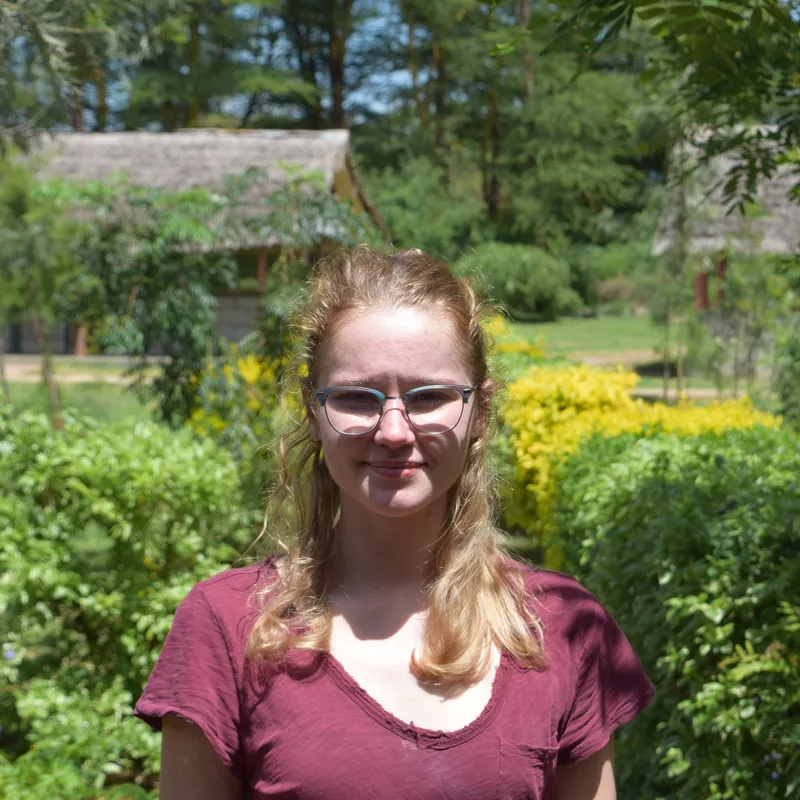
By: Anita Hallberg
Final Impressions: Winter in Kenya
Then I came to Kenya, and my view of conservation flipped on its head.
I can’t remember a time when animals did not constitute an essential part of my life. Every time it rains on my home campus, I take the long way to my dorm to rescue as many worms as I can. My dogs are my best friends. I’ve rescued more strays than I can count. I connect with non-human animals more than I connect with human ones and I’ve dedicated my life to becoming a wildlife documentarian, determined to spread awareness and education, determined to show others the power and necessity of conservation.

Thompsons Gazelles in Amboseli National Park. (Photo: Anita Hallberg).
Then I came to Kenya, and my view of conservation flipped on its head. My love for animals only grew and I was overwhelmed by the beauty of every creature around me. But through the vast knowledge shared by faculty, field exercises in Maasai communities, and interacting with local pastoralists and agriculturalists, my vision of environmental health expanded to include animals and people with equal weight. Our study of human-wildlife conflict, the true history behind African conservation, and the injustices indigenous people have faced here for centuries widened my perspective. My American education separated wildlife and people. I never understood the damage that viewpoint creates until coming here and seeing the impact firsthand. I hope that my future conservation work reflects my new understanding.

African elephant in Kimana Wildlife Sanctuary. (Photo: Anita Hallberg).
My time in Kenya put me at the edge of my comfort zone. It made me rethink my foundational beliefs. I loved the challenges, the people, and the environment. Kenya gifted me so many beautiful experiences, ones I will never forget. I am beyond grateful for the opportunity to be here and learn.

Flamingos in Amboseli National Park. (Photo: Anita Hallberg).
_______
Curious to learn a bit more about the SFS Kenya Center? Click here to read about why we’re based there, our environmental research focus, how we connect and support the local community, and even take a tour of the Center.
Related Posts

Framing Prek Toal: Photography, Conservation, and Life on the Tonle Sap

